Experimentalists round-up
The Experimentalists are an exciting volunteer team here at Butser, working on experimental projects to bring our ancient houses to life. They’re currently working on several projects in our Iron Age village. In this update, Margaret Taylor (Experimentalist and volunteer librarian) shares a short update on the team’s progress.
A peaceful morning in the Iron Age Round House, with pots drying by the fire: By Riley
Since last summer, the Experimentalists have been based in Danebury CS 1 and giving the inside of the house a ‘make-over’.
However, we began this year with a series of excursions; with grateful thanks to Butser, and a ‘well -being travel grant’ from the South Downs National Park. And the wonderful Gwen with a mini-bus!
The Experimentalists have ‘been on tour.’ First, we visited Winchester City Museum with its excellent Roman Gallery; it was particularly interesting to see the Sparsholt mosaic on which our very own Roman mosaic was based. Then we visited the Novium Museum at Chichester, which is great for Roman history, but also exhibits the Iron Age warrior burial, with the amazing warrior head-dress.
We then had a very interesting visit to the Southampton Tudor House Museum, with an introductory audio-visual talk by ‘the ghosts’, followed by a special tour of the site. Afterwards we had a chance to wander around Sea City, with its excellent Titanic galleries. Finally, we went to the Weald and Downland Museum. This is of course very useful for house construction and their use of textiles in the houses.
Having several new Experimentalists, has also enabled our group to undertake a range of activities. One new member, Mark provides a perfect summary of his new ‘life’ as a Volunteer:
I became a volunteer in the experimental team in November. Having retired in May 24 I was looking for a new challenge and having visited Butser Ancient Farm I decided to volunteer. I wanted not only to help but to learn new skills as DIY has never been my thing (my wife would agree!). Since starting as a volunteer I have made a clay pot, tried ‘spranging’ (bit of a disaster) and most recently making clothes stands to display bronze age clothing in one of the round houses.
The experimental team are very friendly and supportive, and we all learn through trial and error as we move onto new projects. I am looking forward to the next challenge!
From my perspective, readers may recall that I struggled with Drop Spinning last summer, and with a great deal of determination am now ‘teaching’ (as much as I can, being a ‘leftie’ – which is not helpful!) new members of the group how to drop spin. And our members are in turn teaching each other, which is great.
Sprang, is another new and definitely ‘interesting’ activity: We were given a session by a member of the Butser team earlier this year. This is an ancient method of constructing fabric, similar to netting but is constructed entirely from warp threads. Sprang hair nets have been found on the ‘bog- bodies’. It is fair to say that our group had a ‘love/hate’ relationship with the weaving; I shall persevere – something to do with my booking on the Butser Workshop later this month!
I am leading a small group; we are drop- spinning, and will be using the wonderful colours and textures of the wool to create a wall hanging in the Iron Age round house.
Iceman Otzi’s gear: Riley and Claire are currently recreating Otzi’s backpack. Riley has been using hazel and leather and he recently described the progress so far: he bent a hazel stick over the fire, then cut a larger log and slit it to make cross struts. He then chiselled out notches to fit the construction and tied it off with leather laces.
The Roman lady: Ange and Pat have been working on this one. The Lady had undergone an unfortunate decapitation. The head had been replaced, and the team are now giving her a complete make-over. Her new skin colour has been chosen and will be applied soon.
Colin has been working at Butser and has been leading teams of Experimentalists in the Pottery shed. The pots have been completed and will be fired in due course. Special thanks to Colin for his wonderful teaching skills and enthusiasm.
Ange has also been making percussion instruments, making rattles with driftwood and shells.
Finally, John and his team, in conjunction with Butser staff are completely rebuilding the Iron Age toilet. It is being made with split hazel, and will be daubed and topped with a handcrafted deer skin roof, with leather laces (expertly made by Riley!) There will also be a raised toilet seat, to around 18 inches.
Finally, a huge thanks to Maureen for leading our group and providing us with all sorts of interesting activities.
If you’re not a volunteer with us but are interested in becoming one, find out more about volunteering at Butser here.






